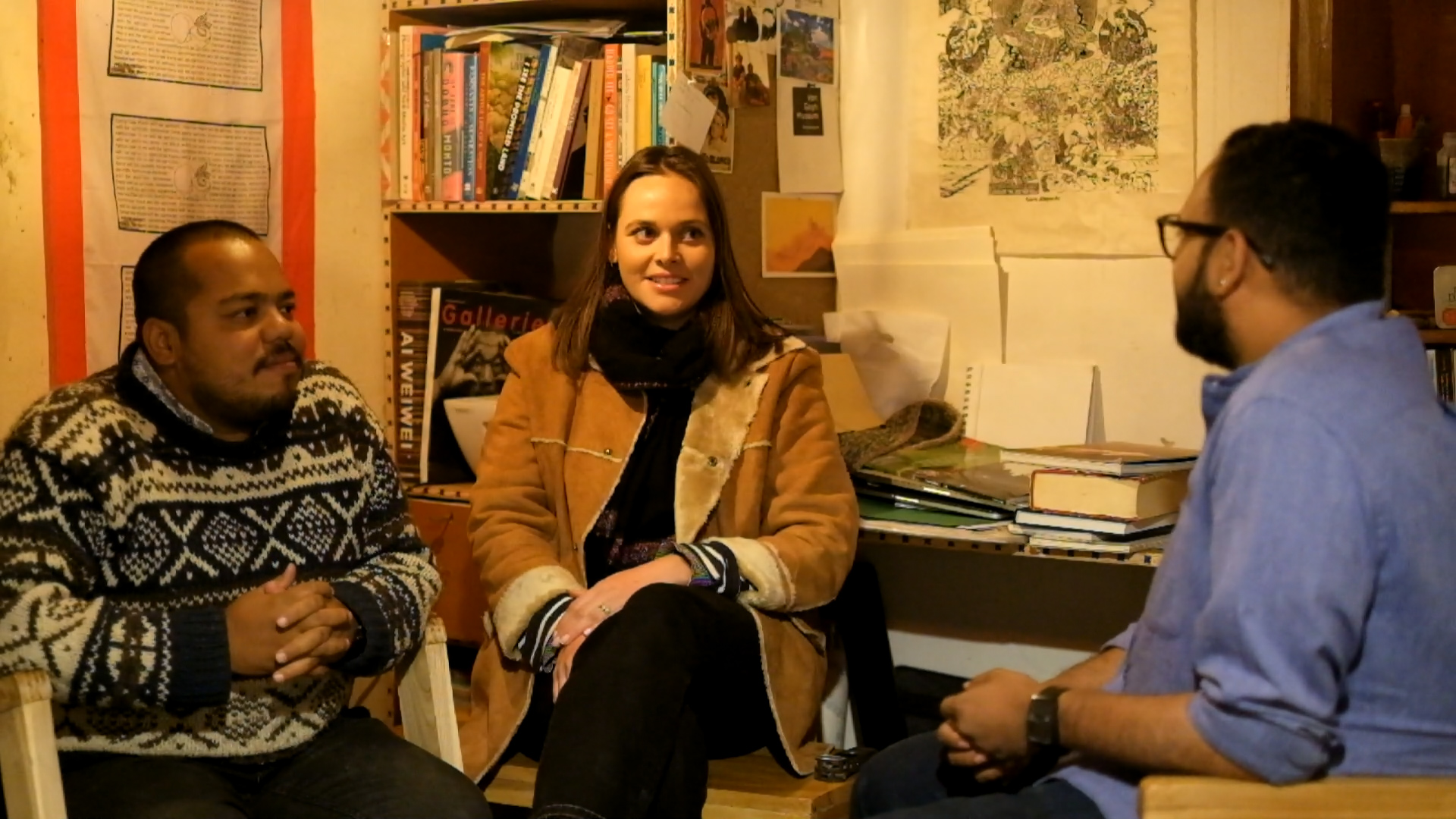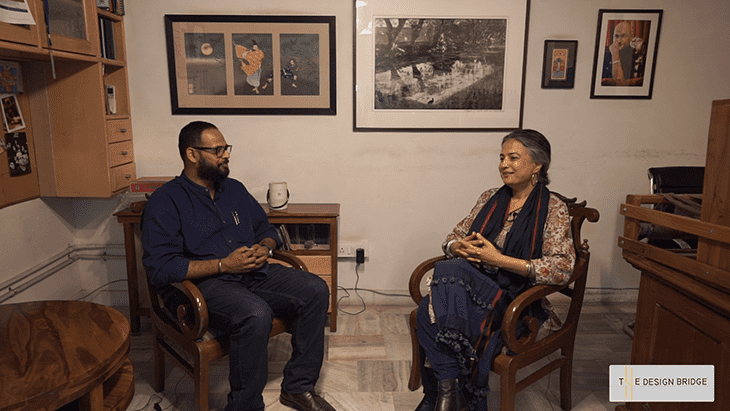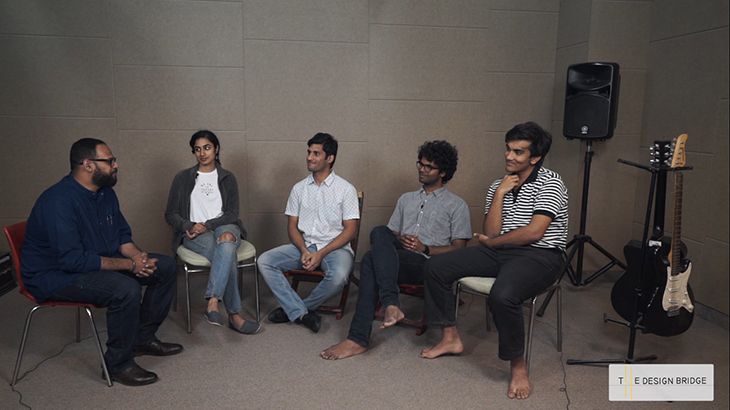ISSUE 1 I STAND POINT
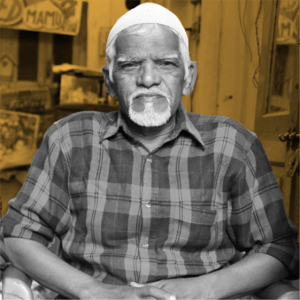
“Ver- Million” hues of Lac
PROFILE
- Worked in SISI Udaipur and Kota for two years. Specialized in all kind of lac work and Gulal Gotas made of lac.
- To aware youngsters he promote lac work on Indian & International level. Taught and gave training for about 11000 students of different schools and colleges of India & abroad.
- Awarded with State Merit Certificate 1987-88, National Merit Certificate 2006, National Award 2013 and many more. Recognitions received from dignified persons like Vasundhra Raje, Pranab Mukharji, Atal Bihari Vajpayee, etc and showcased his art work in more than 25 countries.
- For last 25 years he is giving live demonstrations of lac work in Maharaja Sawai Man Singh II Museum City Palace Jaipur.
“VER-MILLION” HUES OF LAC
- TDB : How did you start your journey? How did you get introduced to the craft?
- AM : Lac work is a centuries old craft. My ancestors had migrated long ago from Arabia and got settled in Shahpura where they used to trade in horses. After that they learned Lac craft and settled in Amer and eventually in Jaipur. We are traditionally called Maniyar (Lac Artisans) and we live in Maniyaron Ka Rasta (Lac Artisan Alley). My family has been involved in this field of work for the last seven generations.
- I had passed my matriculation and got vocational training in the industrial training institute. Then I worked for 2 years before joining my father’s workshop. In the 1960s many lac artisans left India to work as masons in the Gulf countries so the field was on a decline. So, I decided to pursue this profession thereafter. It has been over five decades since I have been practicing the craft.
- TDB : Important event / moment as an artist ?
- AM : A German buyer had come for Christmas items numbering 1.24 lakhs in 1999-2000. For such a large order they came into correspondence with the custodians of the city palace where the king H.H. Bhawani Singh Ji provided me with a rent free shop. They vouched for my credibility and competence and the order was given to me. In due course I trained many poor downtrodden women in the slums providing employment.
- TDB : Do you believe that your craft is dying ? If yes why ?
- AM : Lac work is declining and disappearing because iron, copper, plastic and some Chinese products are overpowering the lac business. Apart from this a lot of financial intermediaries have overtaken the process of creative pursuit and remuneration of the artisans. This should be rectified by the government.
- TDB : How do you practice your craft ? (In conventional way or have you adopted new techniques?
- AM : Lac is a scarlet resinous secretion obtained from the Indian Lac insect Laccifer Lacca which resides in trees such as peepal, bar, beri, plasa and kusum. It is mostly cultivated in the forests of Jharkhand and Bihar. The maximum quantity is derived form the insects in the beri trees. Lac is mixed with beroza and soapstone powder in the proportion of 2:1:4 respectively. This concoction is prepared in a big vessel and is dried. It is moulded in the form of tablets. It is used to make bangles, boxes, lac work on wood, glass, mud and iron. Lac has an auspicious cultural significance pertaining to marriage and fertility. Many colors are added to lac comprising of artificial or eco-friendly vegetable colors.

Shaping of lac bangles
Pic courtesy - Editorial team
- TDB : Have you experimented with the new trends in the crafts ? What is your ‘Stand Point’ ? Should the crafts be practiced in the traditional ways? Or do we adopt new trends?
- AM : I started diversifying the craft. Apart from lac bangles, I started making buttons, pen stands and engravings on iron, glass, wood, plastic and cloth.
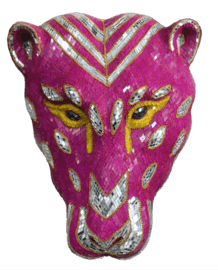
The tiger mask
The art work is created out of paper-mache and glass pieces, stuck on the paper mache mask using favicol, as the complete lac work becomes too heavy. The artwork generally takes 4-5 days to be created. It is sold in the market for around I.N.R. 2500.
Pic courtesy- Editorial team
- TDB : Your take on the history and changing trends of the craft ?
- AM : Earlier only lac bangles were made but now earrings, tops, buttons, pen stands, pens, necklaces and other types of jewellery is also being made.
- TDB : Are there agencies or bodies which help you in sustaining your craft? Who supports you ? (Names, agencies and bodies)
- AM : Lac work is lauded in the national as well as international market. But because of stiff competition from the new cheaper markets its demand has been declining. To counter that many government agencies and other organisations should come forward to lend a helping hand. But the state as well as the national government has sent me to many countries to promote and expand India’s footprint in this craft abroad. Live demonstration showcasing the efforts put in behind the work should be there in the exhibitions along with the retails stalls. Infusion of new design technologies should be inculcated to produce new designs hence a varied import as well as export market.
- TDB : What according to you is would be the future of your craft?
- AM : A bright future in this field is dependent upon proportionate promotion from the state and the central governments in the field of teaching manufacturing, exhibition and sale.
- TDB : Your word of advice for people wanting to pursue the craft?
- AM : I have trained students from famous institutes like the IITs as well as students from less developed tribal regions who have in turn propagated this craft form in their locals.
- TDB : Your advice to the people about crafts like yours? (Advice for the general masses)
- AM : People must value the crafts as they are an integral part of culture and traditions too more like living heritage.


